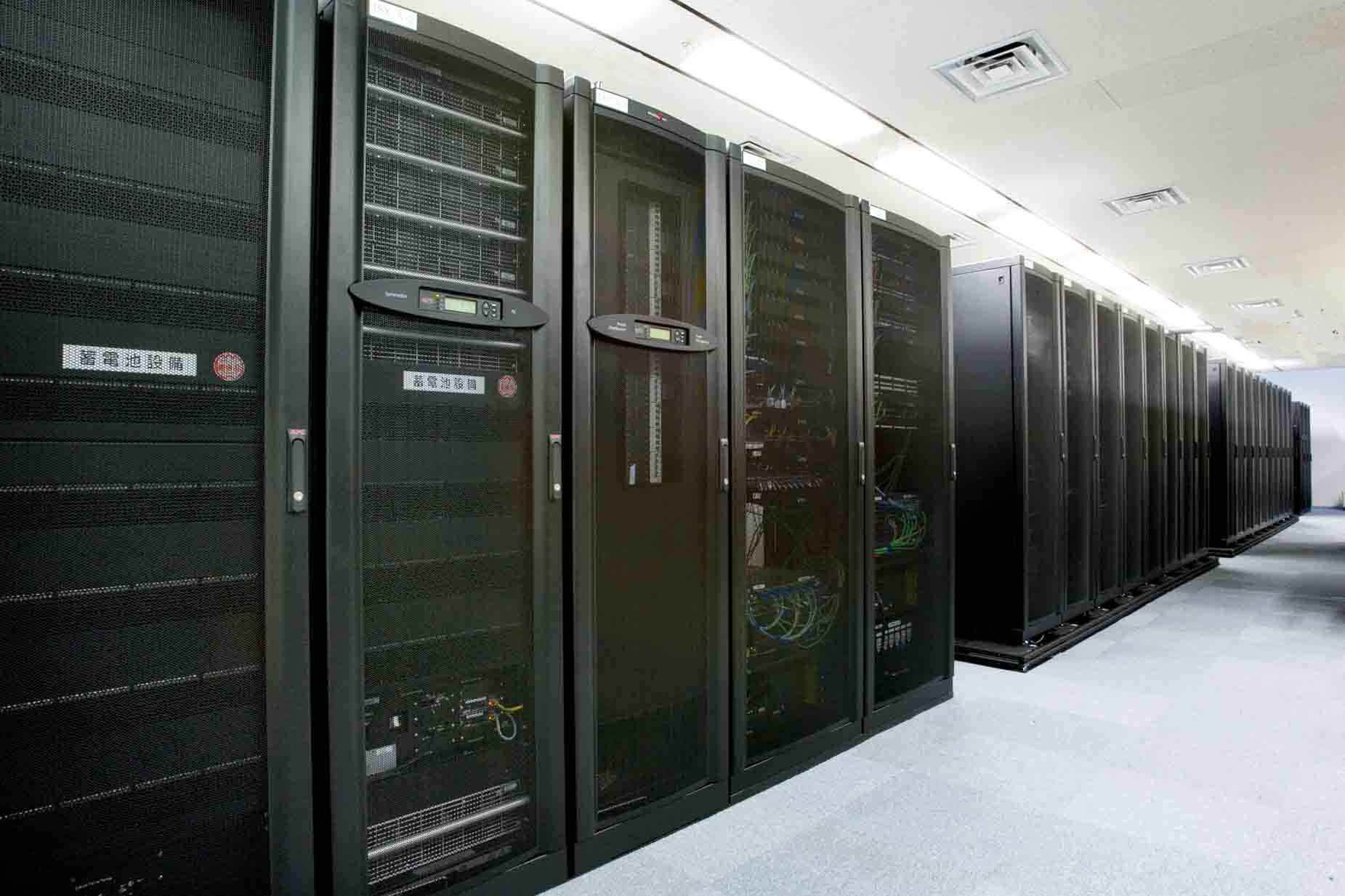Most Common Unrealized Data Center Mistakes: #2 Lack of Proper Operations
I have spoken about the most common mistakes in the planning phase in my previous article. Although there are companies that have correctly passed through the planning phase, they make the most common mistakes in the operations phase. It is also very interesting to see that the companies, whose main area of business is Information Technologies (hosts, IT consultants, IT support companies and even telecommunications companies) make the same mistakes in their operations.
The mistakes in operations start with failing to recognize that the IT staff consists of human beings and they have a clear need for training. I do not say that just because I am a Microsoft Certified Trainer but because I see a clear change in people’s way of thinking after training: a data center operator needs to think way different from the computer repair shop operator in your community. If you operate your data center with the same mentality that you operate a computer repair shop, then you will be in big trouble – maybe not today but surely in the future.
Cloud integration can prove to be very beneficial. Just don’t forget to include it in your operations planning.
Once training is in place, the correct ways to operate the data center is voiced by the IT staff, starting with the correct operations of the servers. Just because a server is in your data center, fed with stable electricity and cooled properly does not mean that everything is set to work as it should be. In fact, you have just provided the necessities for the hardware to operate correctly. Now you have to listen to your IT staff and take care about the operating system and the applications, which need to be updated, upgraded, patched and backed up at the very least. All are part of daily operations, which need to be tightly controlled and carefully carried out.
RELATED: Understanding Colocation Hosting
Then comes the virtualization. I am sure this still needs to be emphasized. If you have not already virtualized your data center and still keeping servers assigned to tasks, then you are throwing your money out of the window. And I mean, seriously it is way better to throw your money out of the window than to operate a non-virtualized data center: you are not only wasting money in capital investments by purchasing more equipment, you are also spending more money on electricity, plus accruing losses due to data center productivity, operational inefficiencies and underutilized equipment. And when you are virtualized, not only you leave these problems behind, but also have a far more reliable IT infrastructure.
RELATED: Are Cloud Providers Pushing Clients Back to Colocation?
Next comes the power from the cloud. As it should be, there are the proponents and opponents of the cloud (and although I am a private cloud engineer), the small and medium businesses have a lot to benefit from the cloud. Although I cannot say that the cloud is a 100% solution for all the IT problems in existence, I can safely say that the cloud offers a lot of flexibility in terms of data center operations. With a careful of your analysis of your data center and your pain points – both in terms of operations and the required capital investments, you can offload some of your tasks to the cloud. You may consider moving your e-mail to a hosted Exchange platform (or Office 365 or Google Apps) if a big investment is under way for Exchange 2013 or Windows Azure or Amazon Elastic Compute Cloud if you need to invest in databases. If you already have an established data center with daily operations, you can consider the cloud for your disaster scenarios. Even if you do not have such plans in the near future, just keep a continuous thinking about the cloud and the possibilities of integrating your data center with it.
RELATED: The Effect of Cloud Computing on the Data Center
With proper planning and proper operations, you will have a very good functioning data center that has the ability to sustain your current and future business. Now everything is in place internally, you have to make sure that everything is in place externally, meaning your customers or your users.




